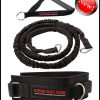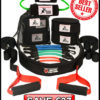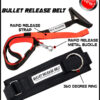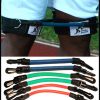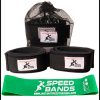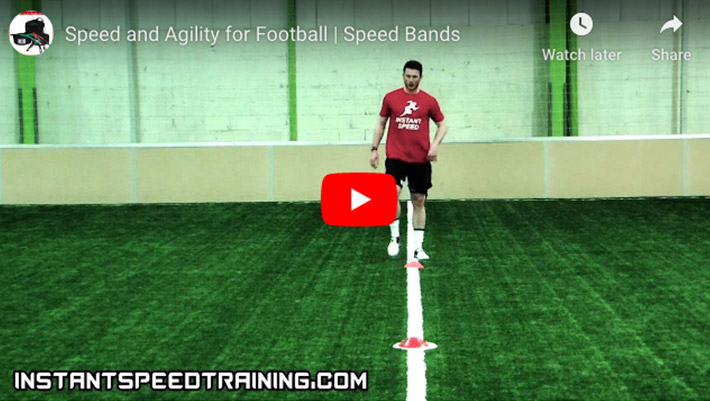
If your sport requires many directional changes then developing multi-directional speed is key. You must have good coordination, quick feet and balance to change direction and move on quickly.
Moving through the cones & hurdles at speed like in the video above will improve a football player’s agility & footwork.
Players can often be lazy with their arms so it’s important to maintain good arm action to help with the knee drive (a 90° angle should be maintained at the elbow). Developing the proper sprinting mechanics will help you become more efficient and increase your speed on the field.
When working on improving agility it is better to focus on short fast steps and maintain balance when approaching a cone and changing direction. Long strides will only delay the movement.
How to Increase Speed and Agility
The main advantage of the Speed Bands is that they can be worn while training for all multi-directional movements (speed and agility). This ensures all muscles that your sport requires are targeted and strengthened.
The resistance added by the Speed Bands develops leg strength in the quads, hamstrings and glutes. Every athletic movement you make while wearing the resistance bands conditions these muscles. While performing the drills in the video, athletes will notice their glutes begin firing after putting on the bands.
The glutes are one of the main muscles used when changing direction so it’s necessary they are activated. Speed Bands also help develop strength in the core and hip regions. These exercises works on developing strong glute muscles.
If your sport requires bursts of speed, quick changes of direction, sudden stops – all the tiny muscles fibres in your legs, core and hip region must be strengthened to avoid muscle tears which cause injuries.
Coaching Points
- Do 3-4 resisted sets as shown in the video followed by 2 unresisted sets.
- Work at 100% intensity.
When working with resistance bands at 100% intensity, muscle growth is stimulated which results in stronger more powerful muscles.

